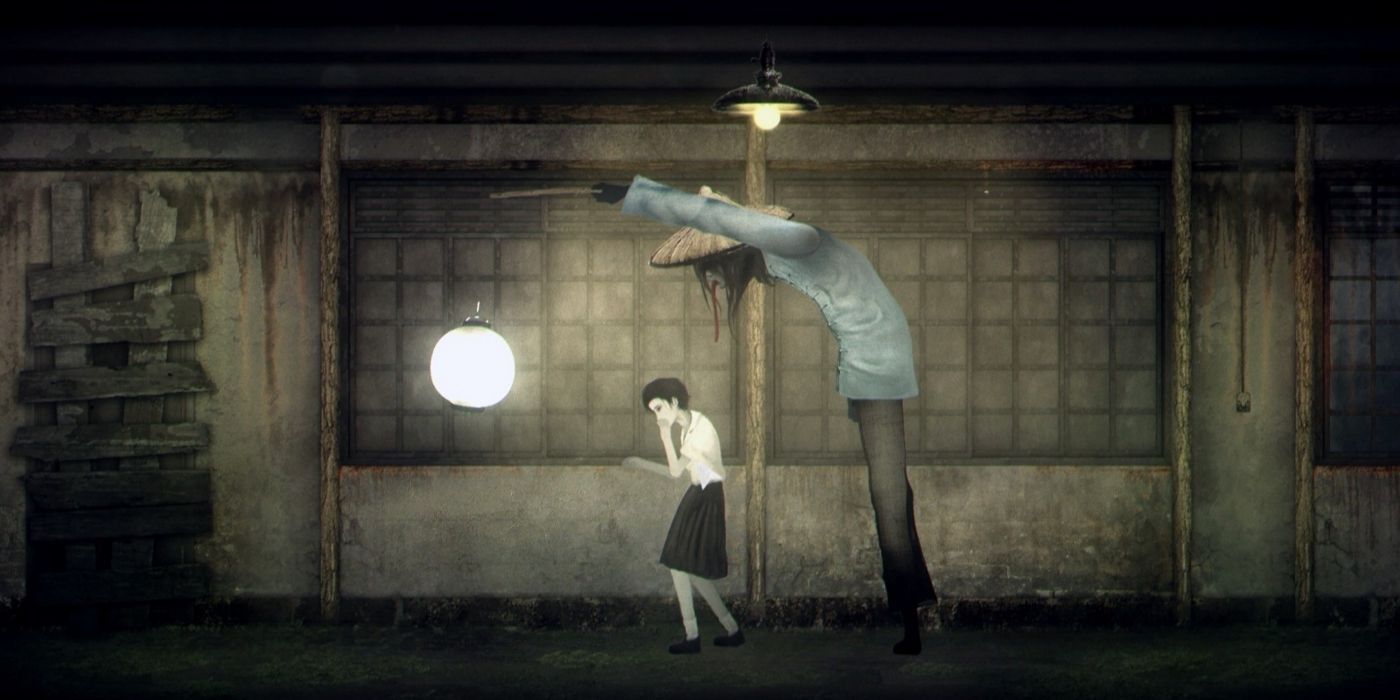

Improvement in sleep has been reported for osteoarthritic dogs treated with a nonsteroidal antiinflammatory drug, although the cause of poor sleep or nighttime restlessness was not determined. At times, pain may awaken a person after tossing and turning during sleep because of loss of joint “splinting,” which is muscular contraction that limits painful motion during the waking hours. With more advanced cases of osteoarthritis, pain may occur with minimal activity or even be present during rest. Human beings often describe the pain as aching and poorly localized. The prominent sign with osteoarthritis is pain that occurs with use of the part and that is relieved by rest. Schaefer MS, DVM, in Brinker, Piermattei and Flo's Handbook of Small Animal Orthopedics and Fracture Repair (Fifth Edition), 2016 Pain Call our Savannah office at 91 or request an appointment online. Treatment is available and nerve damage isn’t something you have to learn to accept. If you suspect you have nerve damage, it’s important to come see us right away. Your nerves have an ability to heal and regenerate even once they have been damaged, assuming that they have been properly repaired. Once the nerve has been repaired, you can generally expect sensation to come back gradually over a period of a couple of months. Then, he can often reconnect even severed nerves, as long as there’s enough of the nerves left to reattach without making it too tight. He explores the damaged nerve(s) and removes any injured tissues. Shults can repair nerves, whether or not you’ve caught the symptoms early enough. This is a situation in which you don’t want to wait too long because sometimes nerves reach a point of being irreparable.ĭr. For that reason, it’s important to call us after a serious injury or when you first notice the signs of nerve damage. Repairing nerve damageĭamaged nerves can sometimes be repaired, especially if they are treated quickly after an injury. For example, if you injured your arm or shoulder, you may have more symptoms in your arms and hands than in your feet. Nerve damage tends to be worse in the part of the body that was injured.

Muscle weakness, especially in your arms or legs.Feeling like you’re wearing a tight glove or sock.Numbness or tingling in the hands and feet.The signs of nerve damage include the following: These occur because the nerves are not able to carry the correct signals from the brain to the spinal cord. Without properly functioning nerves, you are likely to experience uncomfortable or even painful sensations. In some cases, the nerve is completely cut. In the more serious scenarios, both the fibers and tissues are damaged. Sometimes, after an injury, only the fibers are damaged. These fibers are covered with tissues that act as a type of insulation. Nerves are made up of fibers, which are also called axons. However, more serious injuries can cause severe nerve damage which often requires nerve repairs. Minor injuries may cause some nerve damage, but your body tries to heal itself whenever possible. Nerve damage can occur after any injury, with the results often being related to the severity of the injury. Jonathan Shults at Coastal Empire Orthopedics offers this guide to help you recognize the warning signs of nerve damage and the next steps you should take. Sometimes, nerves that are only partially damaged can heal themselves.

When you’re injured or have surgery, the nerves no longer get the signal from your brain to transmit sensation. The nerves that are most likely to be damaged tend to be in your arms, feet, and hands, although other parts of the body may also be affected. Nerve damage is also known as peripheral neuropathy. Nerve damage is commonly thought of as a complication of diabetes, but it can also result after an injury.


 0 kommentar(er)
0 kommentar(er)
